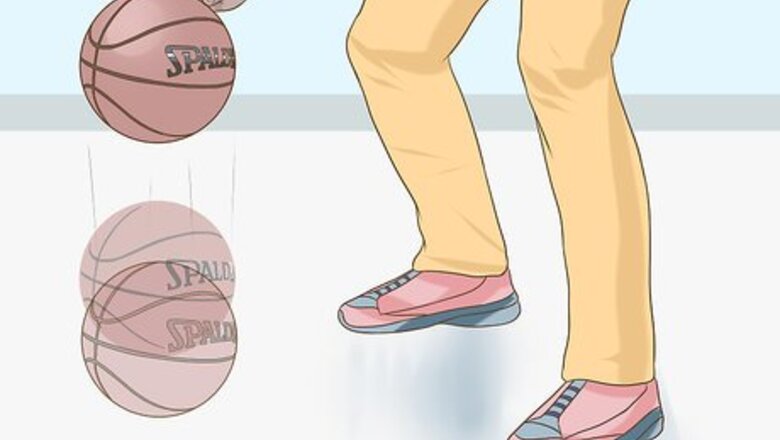
views
Getting Started
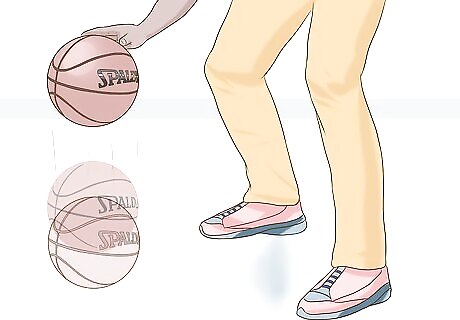
Warm up the ball. The Neverflat ball won't lose as much air as a normal basketball, but it can still deflate a little in cold weather. If you stored it outside or in a cold garage and it feels flat, dribble it until it warms up.
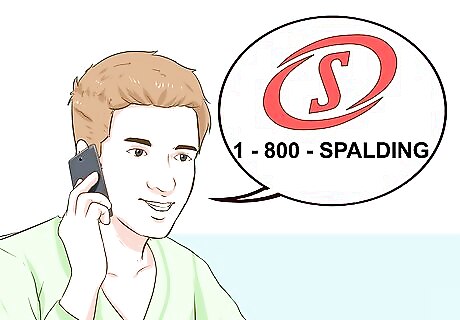
Take advantage of the warranty for balls under a year old. Spalding basketballs are covered by a limited warranty for one year after purchase. Pumping a Neverflat ball will break the warranty. If the ball went flat and there's no obvious sign of damage, tell Spalding about the defect to request a refund or replacement. There are two ways to do this: Call 1–800–SPALDING (USA phone number) and ask for a return authorization. Send the basketball and the sales slip to Spalding Consumer Relations / One Fruit of the Loom Drive / Bowling Green, KY 42103. Include your name, address, telephone number, and description of defect.
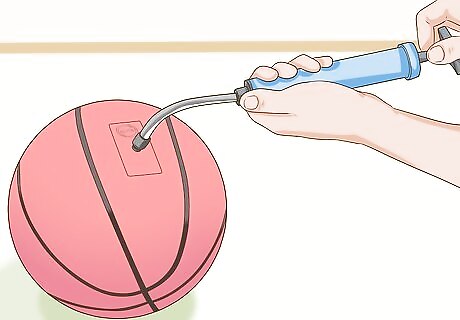
Pump the ball as normal. If the warranty has expired or doesn't apply, you can pump a Neverflat basketball just like any other basketball. Despite the name, all Neverflat balls will need pumping occasionally, especially after the first year. If you're not sure how to inflate a basketball, keep reading.
Inflating the Ball
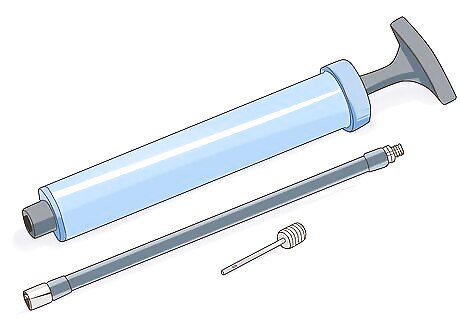
Choose a small pump. Anything designed for basketballs or bicycles will work fine. High pressure pumps designed for car tires are not recommended. They give less control over the pressure and can damage your basketball.
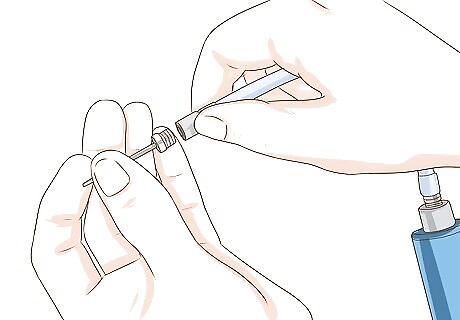
Attach the air pump needle. This needle fits onto the end of the air pump, allowing you to fit it to the tiny hole in the basketball. It should come with the air pump.

Push up the basketball cap. Look for a round, black rubber cap on the basketball. Push the cap up enough that you can bend it aside, exposing the hole underneath. This will release air and break the one-year warranty on Neverflat basketballs.
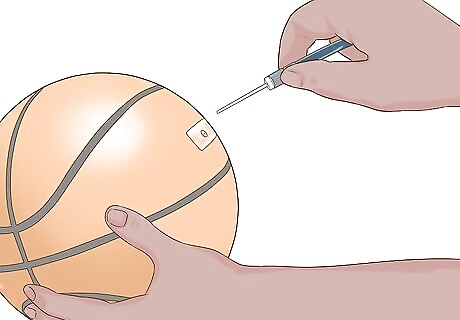
Insert the needle into the hole. Screw the needle in until it is firmly attached. Be careful, as you may accidentally puncture the basketball if too much force is used in the wrong place. Young children should ask an adult for help to avoid injury from needles or an exploding ball. If you're having trouble, wet the needle end with a little saliva or glycerin. If you're using a bicycle pump, find the plastic tab on the end of the tube and pinch it closed.
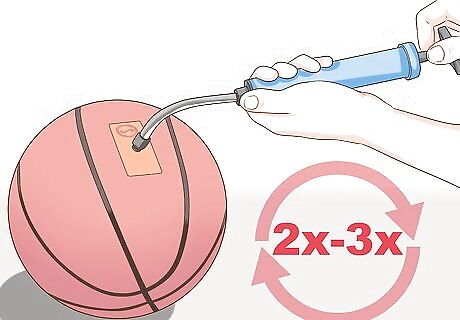
Pump the ball two or three times. At this stage, it's better to pump it too little than too much. Take the needle out of the ball quickly to prevent air from escaping. Never continue without removing the needle. The next step can send the needle flying out, which could injure someone. If using a bicycle pump, pull the plastic tab to reinflate it before you remove the needle.
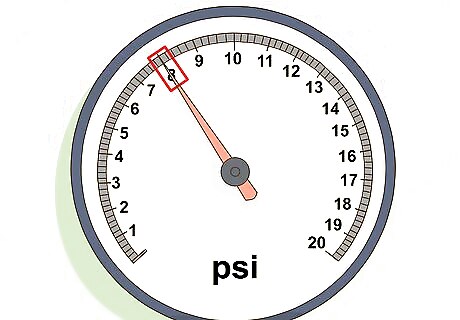
Check the pressure gauge. Neverflat basketballs should be inflated to about 8 psi. If your pump has a gauge, keep pumping until it reaches this level. Otherwise, keep reading to find out how to test it yourself.
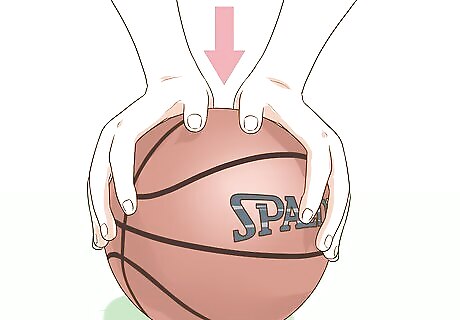
Test buoyancy. Press the ball gently. If it feels about right, press as hard as you can and see how much it sinks. Ideally, the ball should compress about /5 inches (5.5 mm). If you can only compress it /16 inch (1.5 mm) or less, the ball could explode when thrown. For another test, stand on the court and hold the basketball above your head. Drop the ball. It should bounce back to your hip, or to your elbow (once you've lowered your arm). Too high a bounce is just as bad as too low.
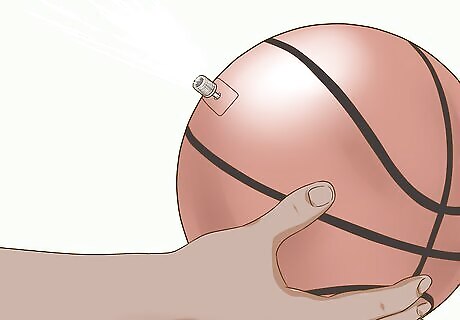
Pump or let out air to adjust. Keep pumping until the ball responds correctly to your test. If the ball is too hard, bend the valve to let out some air. When you're done, just withdraw the needle. The cap should fall back on its own.



















Comments
0 comment